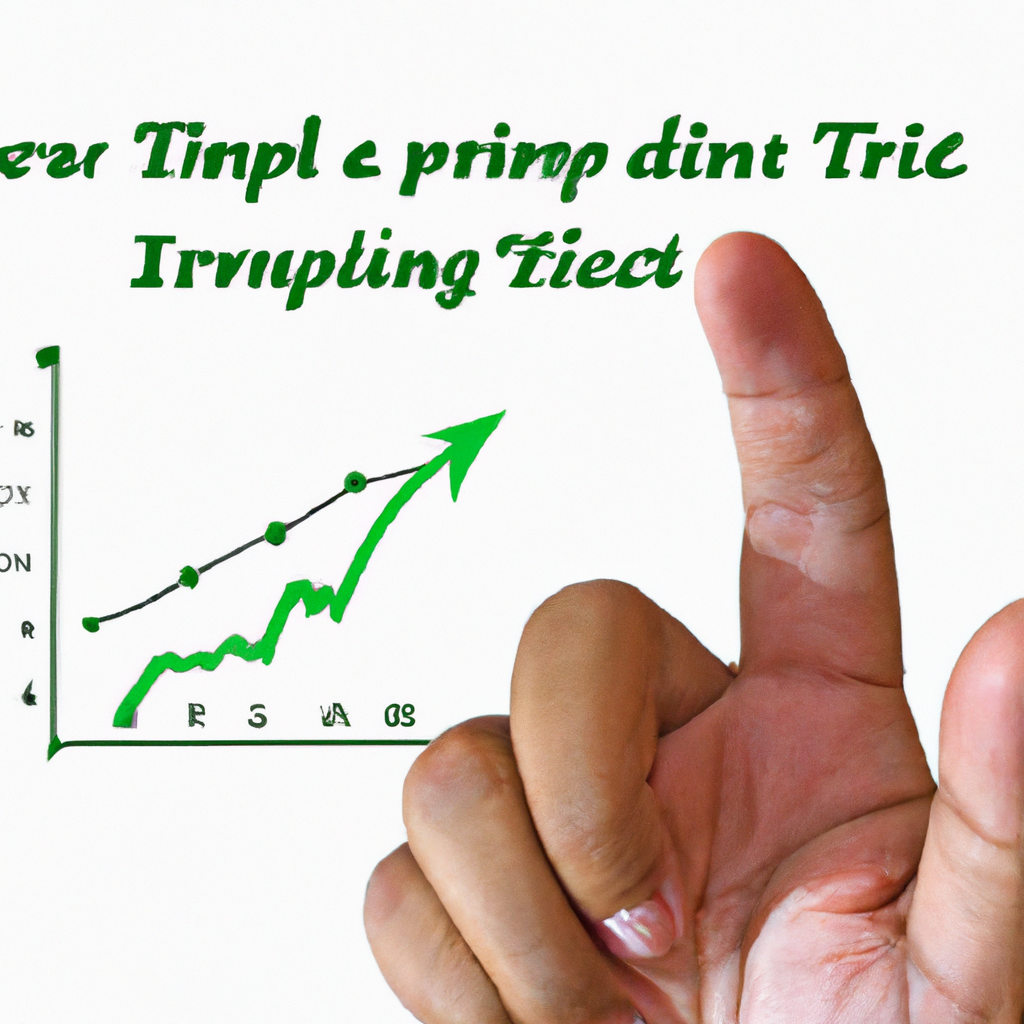Investment Tips for a Volatile Market
Introduction
Investing in a volatile market can be a daunting task. The ups and downs in the market can create uncertainty and anxiety for investors. However, with the right strategies and mindset, it is possible to navigate through these turbulent times and make profitable investments. In this article, we will discuss some investment tips that can help you thrive in a volatile market.
1. Diversify Your Portfolio
Diversification is a key strategy to mitigate risk in a volatile market. By spreading your investments across different asset classes, sectors, and regions, you can reduce the impact of any single investment on your overall portfolio. This way, if one investment performs poorly, the others may offset the losses and help maintain stability.
2. Stay Informed and Do Your Research
It is crucial to stay informed about the latest market trends and news. Keep an eye on economic indicators, company earnings reports, and geopolitical events that can impact the market. Conduct thorough research on the companies or sectors you are considering investing in. By being well-informed, you can make better decisions and adapt your investment strategy accordingly.
3. Have a Long-Term Perspective
In a volatile market, it is essential to have a long-term perspective. Short-term fluctuations can be nerve-wracking, but they often even out over time. Instead of getting swayed by daily market movements, focus on the fundamentals of your investments. Invest in companies with strong financials, solid growth potential, and a competitive advantage. By adopting a long-term approach, you can ride out the market volatility and potentially benefit from the growth of your investments.
4. Set Realistic Expectations
It is important to set realistic expectations when investing in a volatile market. Understand that volatility is a natural part of the market cycle and that prices can fluctuate significantly in the short term. Avoid making impulsive decisions based on short-term market movements. Instead, focus on your long-term investment goals and stick to your investment plan.
5. Consider Dollar-Cost Averaging
Dollar-cost averaging is a strategy where you invest a fixed amount of money at regular intervals, regardless of market conditions. This approach allows you to buy more shares when prices are low and fewer shares when prices are high. By consistently investing over time, you can potentially lower the average cost of your investments and reduce the impact of market volatility.
6. Have a Contingency Plan
While it is impossible to predict market movements with certainty, it is wise to have a contingency plan in place. Determine your risk tolerance and set stop-loss orders or trailing stops to limit potential losses. Consider diversifying your investments into defensive assets like bonds or gold, which tend to perform well during market downturns. Having a well-thought-out plan can provide you with peace of mind and help you stay disciplined during volatile times.
Conclusion
Investing in a volatile market requires patience, discipline, and a long-term perspective. By diversifying your portfolio, staying informed, having realistic expectations, and implementing strategies like dollar-cost averaging, you can navigate through market volatility and potentially find profitable opportunities. Remember, volatility also presents a chance to buy quality investments at discounted prices. Stay focused on your long-term goals, and don’t let short-term market fluctuations deter you from your investment journey.

